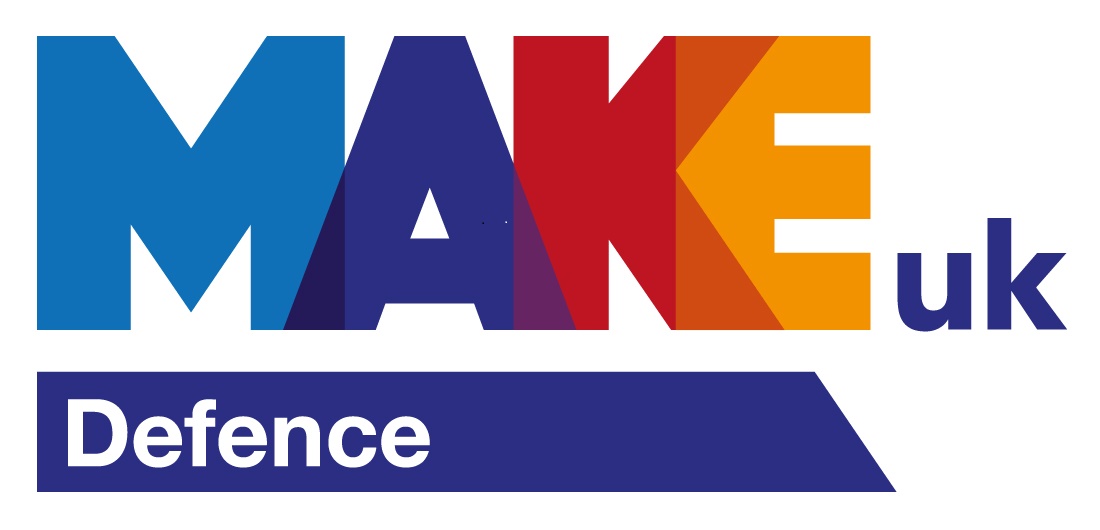One of the key elements of any marketing strategy is selecting the right channels to use, especially the ones that will result in the best return on marketing investment (ROMI). In this blog, we explore how to select the right B2B marketing channels for your business objectives and resources, and the best options right now.
What is a channel in marketing?
Whether you’re new to marketing or a seasoned veteran, you’ve probably seen the word “channel” come up a few times.
The term channel is what marketers use to refer to the different offline and online communications tools, and sometimes tactics, that can be used for a company’s marketing and communications. This could be a trade show event, social media, or a paid search such as Google pay-per-click – there are many!
Channel selection must be done at an early stage and determines where you will focus resources in terms of time or money. It is important to choose channels that will give you the best results for your chosen objectives, whether that is to raise awareness, drive conversions or build brand loyalty.
In the B2B world, we are often concerned with two key areas: raising awareness of our products and solutions to key target audiences and ensuring we get leads into the pipeline.
How to select a B2B marketing channel
It can be quite a daunting prospect to select the right marketing channels for your B2B company. The digital environment has meant a significant increase in marketing channels that are available, and while some are “free”, they are still time-intensive and require significant commitment for positive outcomes.
While you may think you know what channels you want to use, it is good practice to analyse your options and do your research before committing resources.
If you haven’t already, take time to research your target audiences and understand the offline and online channels they are using in their day-to-day activities. If you’re using a marketing channel that your target audience isn’t using and won’t see your marketing, what’s the point?
Looking for more information on stakeholder and audience analysis? Read our blog here.
Digital channels: Paid, Earned and Owned
In the digital space, we can use the Paid, Earned and Owned (PEO) media model to group and begin to analyse our options. David Chaffey’s Smart Insights has a specific methodology for small businesses that simplifies channel selection, which incorporates PEO techniques for six digital media channels, giving the marketing 18 digital marketing channels or communication tools.[1]
Businesses may want to concentrate on a specific area in the PEO model, such as owned media, or they could try several different channels as part of a multi-channel, or omnichannel, campaign. The channel marketing mix – as it is often called – will depend on what your specific objectives are for your marketing strategy and how you want to engage/communicate with your customer/prospect on their digital journey.
Many businesses will look for cost efficiencies in marketing and will prioritise free or low-cost options such as owned media in the first instance, which is where SEO-led content, email marketing and socials are key. Paid media cannot be overlooked, and where the budget allows should be invested in for increased awareness and brand equity building in your sector.
But don’t be under any illusions that both earned and owned media channels will be free – these will still require investment in time, money and the right expertise.
Best B2B marketing channels in 2023?
If you’re looking to sell to other businesses, it is important to identify the best B2B marketing channels that will help raise awareness for your business, attract customers, and ultimately sell more products or services. Time and money spent on marketing should have positive business outcomes, and the correct channel selection will ensure this.
In our opinion, B2B firms should at least have social media, search engine and email marketing channels at the top of their list. For socials, LinkedIn is a top channel for B2B marketers and there are options for both organic as well as paid social posts on the platform, with highly-targeted audience segmentation that will leverage existing stakeholder analysis.
Search engines continue to be a popular tool for many B2B audiences so search engine marketing – both owned (SEO-led content) and paid (PPC) – make a lot of sense in terms of channel selection. Email marketing in the form of newsletters and stakeholder engagement and education have also proved popular with business customers, so make sure this is on your channel list.
As you progress in your digital channel journey, you may want to begin to incorporate other elements into your marketing strategy, not least digital PR and digital partnerships.
Conclusion
In B2B marketing, channel selection is paramount. Your choice of marketing channels directly impacts ROI and goal achievement. Whether you’re a novice or an expert, understanding your target audience and utilising channels like social media, search engines, and email marketing is key. As you progress, additional elements like digital PR and partnerships will play a central role in diversifying your integrated marketing mix.
Your channel choices ultimately define your path to success in the complex landscape of B2B marketing.
[1] https://www.smartinsights.com/online-brand-strategy/multichannel-strategies/select-marketing-channels/











